
How to analyse a fiction extract
如何分析虚构小说节选
In an analytical response, you should show how language and structure create meaning. You could also explore the effect on the reader. An analytical response uses evidence from the text to make clear points.
在分析性回答中,你应该说明语言和结构如何创造意义。你还可以探讨对读者的影响。分析性回答使用文本中的证据来阐明观点。
Whatever the focus of the task, aim to focus on HOW the writer has used specific techniques or choices to create meaning, rather than WHAT the text is saying or WHO it is about.
无论任务的重点是什么,都要着眼于作家如何使用特定的技巧或选择来创造意义,而不是文本在说什么或关于谁。
The key to giving a relevant response is to focus on the question. What are you being asked to do? Circle the key words in the question and remember your focus as you start reading the extract.
作出相关反馈的关键是关注问题。你被要求做什么?圈出问题中的关键词,并在开始阅读摘录时记住你的重点。
An exam question might focus on:
一个考试问题可能集中在以下方面。
characters
narrative voice
themes and ideas
language
structure
the effect on the reader
人物
叙述的声音
主题和思想
语言
结构
对读者的影响
The next stage is to annotate your extract and find evidence to support your answer. Highlight, circle or underline key parts of the text that you will be able to use as evidence for your response.
下一个阶段是对你的摘录进行注释,并找到支持你答案的证据。突出显示、圈出或划出文本中的关键部分,你可以将其作为你的回答的证据。
When looking at an extract, try and read it more than once. First read the entire extract from beginning to end and annotate any language or structural details that interest you. If you have time, do another read-through annotating other important words and phrases.
在看摘录的时候,试着多读几遍。首先从头到尾阅读整个摘录,并在你感兴趣的任何语言或结构细节上做标记。如果你有时间,再通读一遍,对其他重要的词和短语进行注释。
Understanding the question
理解问题
The key to a successful response is to focus on the question and understand what you are being asked to do. Below are a few examples of the types of questions you may be required to answer. Use the marks available for each question as a guide on how much to write.
成功回答的关键是专注于问题并理解要求你做什么。下面是一些可能要求你回答的问题类型的例子。使用每个问题的可用分数作为指导,以确定要写多少内容:
Example question one
问题举例1
From lines 1 to 5, identify the phrase that shows why the boy is hungry. (1 mark)
从第1行到第5行,找出显示男孩饥饿原因的短语。(1分)
This type of question is not looking for a close analysis of the text or a detailed response. This task aims to check your reading skills and ability to pick out the relevant phrase from the fictional text. Don’t spend too long on this type of question - the number of marks available should be your guide. These types of questions usually have a low number of marks. Remember to read the question very carefully – this question is asking you to focus only on lines 1 – 5. It’s also important to only use one phrase in your answer.
Example question two
问题举例2
From lines 10-16, give two ways the character’s behaviour shows that she feels nervous. You can use your own words or a quotation from the text. (2 marks)
从第10-16行中,给出该人物的两种行为方式,表明她感到紧张。你可以用你自己的话或引用文本中的内容。(2分)
This type of question is asking you to find evidence to show the character’s emotions. You are not being asked to analyse the evidence, just to show that you can select the right bit of text. You can write the evidence in your own words or use a direct quotation from the text. Remember to check the question carefully – you are only being asked to use lines 10-16 and only find two bits of evidence.
Example question three
问题举例3
In lines 15 – 20, how does the writer use language and structure to create tension? (6 marks)
在第15-20行,作者是如何使用语言和结构来创造紧张气氛的?(6分)
If you’re asked to focus on a particular section of an extract, then focus your analysis on that bit. When you’re looking at language remember to examine particular words and phrases used. What patterns of words do you notice – for this question, are there lots of words connected with uncertainty or fear?
Look at sentence structures and notice how the writer is using these to create tension. Are there lots of short sentences to build pace? Do longer sentences keep us hanging on?
How do the characters behave and respond to their situation? Notice dialogue as well as descriptions.
As well as action, think about how characters contribute to tension, how setting is important and how ideas are presented by the writer.
Example question four
问题举例4
In this extract, the writer wants the reader to feel sympathy for the main character. Evaluate how successfully this is achieved. (15 marks)
在这段摘录中,作者希望读者对主人公产生同情心。请评价这一点是如何成功实现的。(15分)
This question is asking for a judgement, so you are evaluating as well as analysing. Your main task is to explain the extent to which you agree with this opinion and how the extract makes the reader feel. You still need to use quotations to support each point you make - look closely at the word choices the author makes and explore how these affect the reader.
Structuring a paragraph
分析段落的结构
Use each paragraph to make at least one main point. A paragraph could contain:
利用每一段落至少提出一个主要观点。一个段落可以包含:
a link to the focus of the question - try and use the key word or phrase from the question
some evidence from the text to support what you think - this will probably include something on language or structure
a discussion of the evidence, and links to any other possible evidence
与问题焦点的联系--尽量使用问题中的关键词或短语
来自文本的一些证据来支持你的想法--这可能包括有关语言或结构的内容
对证据的讨论,以及与任何其他可能的证据的链接
Using a few connectives could help link your ideas:
使用一些连接词可以帮助连接你的想法:
Firstly...
On the one hand...
On the other hand...
Similarly...
In contrast...
However...
Alternatively...
Finally...
首先......。
一方面......。
另一方面......。
同样的...
相比之下...
然而...
或者说...
最后...
There are lots of different ways to structure a paragraph when analysing fiction, but don’t be too tied down to one formula. It’s important to vary your structure depending on your ideas and how you choose to link evidence together.
在分析小说时,有很多不同的方法来结构一个段落,但不要被一个公式束缚住了。重要的是要根据你的想法和你选择的证据连接方式来改变你的结构。
Here are just a few common formulas to be aware of:
以下是一些需要注意的常见模式。
PEE - point/evidence/explain
PEEL - point/evidence/explain/link to point
PEA - point/evidence/analysis
SEAL - state your point/evidence/analyse/link
WET - words/effect/techniques
RATS - reader’s response/author’s intention/theme/structure
PEE--观点/证据/解释
PEEL--观点/证据/解释/与观点的联系
PEA--观点/证据/分析
SEAL--陈述你的观点/证据/分析/链接
WET--词语/效果/技巧
RATS--读者的反应/作者的意图/主题/结构
Think about which ones you find useful. What are the limitations of each approach?
思考一下你认为哪些方法是有用的。每种方法的局限性是什么?
Using quotations and close analysis
使用引文和关联分析
To support your points, you need to use quotations and examples. Quotations should be kept short and to the point. Using just a few words is more powerful than copying out chunks of text - it shows you are being selective. You should also be careful to copy accurately.
为了支持你的观点,你需要使用引文和例子。引文应保持简短,切中要害。只用几个字比抄写大段的文字更有力--这表明你是有选择的。你还应该注意准确复制。
Put the quotation inside your own sentence, rather than putting it in the middle of a page and then commenting on it. This is called embedding a quotation.
把引文放在你自己的句子里,而不是把它放在页面的中间,然后对它进行评论。这被称为嵌入引文。
So rather than:
"He flew like a butterfly." This is an example of a simile, which shows that he was light and graceful.
Or:
The author uses similes, eg "he flew like a butterfly."
对比以上写法,你可以考虑写成如下方式:
You would write:
The author uses the simile of the boy flying "like a butterfly" to convey the impression that he is light and graceful.
Making the most of quotations
充分发挥引文的作用
A close analysis of the language in the quotation can be used to support your point.
对引文中的语言进行仔细分析,可以用来支持你的观点。
There are several ways you can do this:
你有几种方法可以做到这一点:
Focus on a word from the quotation and write about why it was chosen by the writer.
重点关注引文中的一个词,并写出作者选择这个词的原因。
Write about the connotations of the word, eg the word ‘snake’ could have connotations of evil and might be used by the writer to create an ominous atmosphere. The word ‘home’ has the dictionary meaning of ‘a place where someone lives’, but the word also has positive connotations of warmth and family.
写出这个词的内涵,例如 "蛇 "这个词可能有邪恶的含义,作者可能用它来营造不祥的气氛。家 "这个词在字典中的意思是 "某人居住的地方",但这个词也有温暖和家庭的积极含义。
The context of a word will also be important when you are analysing its effect. How the word is used in the sentence and paragraph may affect the connotations of that word.
当你分析一个词的效果时,它的上下文也很重要。该词在句子和段落中的使用方式可能影响该词的内涵。
The quotation may contain a metaphor, simile, or other language technique – what is the effect of the technique?
引文可能包含隐喻、比喻或其他语言技巧--该技巧的效果是什么?
Make sure you name the literary technique as part of your analysis.
请确保你在分析时说出文学技巧的名称。
Remember that you don’t need to give a definition of the technique - just focus on the effect.
记住,你不需要给这种技巧下定义--只需关注其效果。
Do the language choices in the quotation link to other parts of the extract? Can you see a pattern in the way the writer is using language?
引文中的语言选择是否与摘录的其他部分有关?你能从作者使用语言的方式中看到一种模式吗?
What is the reader’s response to the language in the quotation?读者对引文中的语言有什么反应?
Example analysis
例子分析
During the whole of a dull, dark, and soundless day in the autumn of the year, when the clouds hung oppressively low in the heavens, I had been passing alone, on horseback, through a singularly dreary tract of country; and at length found myself, as the shades of the evening drew on, within view of the melancholy House of Usher. I know not how it was - but, with the first glimpse of the building, a sense of insufferable gloom pervaded my spirit. I say insufferable; for the feeling was unrelieved by any of that half-pleasurable, because poetic, sentiment, with which the mind usually receives even the sternest natural images of the desolate or terrible. I looked upon the scene before me - upon the mere house, and the simple landscape features of the domain - upon the bleak walls - upon the vacant eye-like windows - upon a few rank sedges - and upon a few white trunks of decayed trees - with an utter depression of soul which I can compare to no earthly sensation more properly than to the after-dream of the reveller upon opium - the bitter lapse into everyday life - the hideous dropping off of the veil. There was an iciness, a sinking, a sickening of the heart - an unredeemed dreariness of thought which no goading of the imagination could torture into aught of the sublime. What was it - I paused to think - what was it that so unnerved me in the contemplation of the House of Usher?
The Fall of the House of Usher, Edgar Allan Poe
Sample questions and answers
问题和答案举例
Example question one
举例问题和答案1
From lines 1-5, identify the phrase that shows the reader what time of day it is. (1 mark)
从第1-5行中,找出向读者说明现在是什么时候的短语。(1分)
“…as the shades of the evening drew on…”
This response answers the question precisely, using lines 1-5 to find the exact phrase that shows what time of day it was.
The quotation is not explained or analysed – the question does not require a developed response.
Example question two
举例问题和答案2
In lines 10-16, give two examples that show the narrator is feeling negative. You may use your own words or quotation from the text. (2 marks)
在第10-16行,请举出两个例子,说明叙述者的情绪是消极的。你可以用自己的话或引用文中的内容。(2分)
“…utter depression of soul...”
“…a sinking, a sickening of the heart…”
This response uses two quotations from the text. They are well selected and are evidence to show that the narrator is feeling negative. It’s important to quote selectively to show you are picking out the right detail.
Example question three
举例问题和答案3
In lines 1- 11, how does the writer use language to create a sense of the setting? (6 marks)
在第1-11行中,作者是如何运用语言来创造环境感的?(6分)
The writer’s choice of language leaves the impression of a gloomy setting, “dull, dark, and soundless day…” The subtle alliteration and monosyllabic adjectives give the description an abrupt, stark tone. The use of pathetic fallacy, “The cloud hung oppressively low…” also creates a negative feeling, as if the weather mirrors the character’s depressed emotions. The house is described as having “vacant eye-like windows..” This eerie simile creates a death-like feel with the use the adjective ‘vacant’.
This paragraph gets straight into the close analysis - no introduction is needed for this type of question.
本段直接进入仔细分析--这种类型的问题不需要介绍。
The response is focused on the task, analysing language and setting.
这个回答集中在任务上,分析了语言和环境。
Every point is supported by evidence from lines 1-11 of the extract.
每个观点都有摘录的第1-11行的证据支持。
Details of the language are linked and the effect is analysed closely.
语言的细节关联了起来,也仔细分析了产生的效果。
At least one more paragraph would be needed to fully answer this question, the 6 marks suggests a longer answer is appropriate here.
要完全回答这个问题,至少还需要一个段落,6分的分数表明这里适合做较长的回答



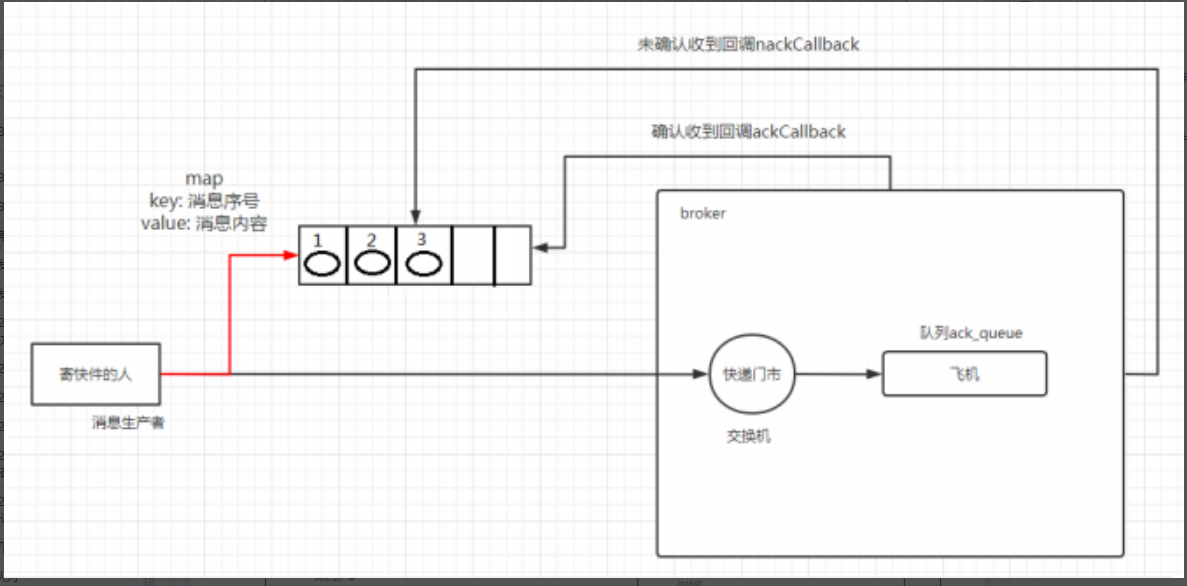
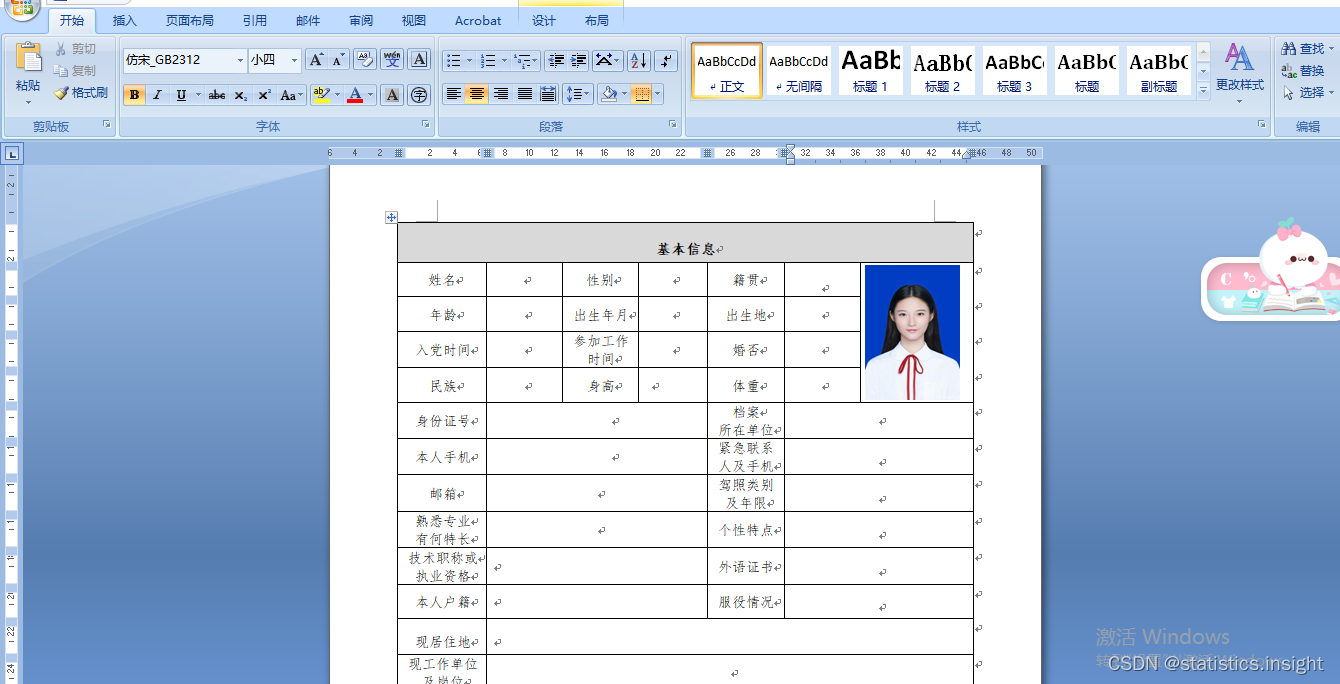
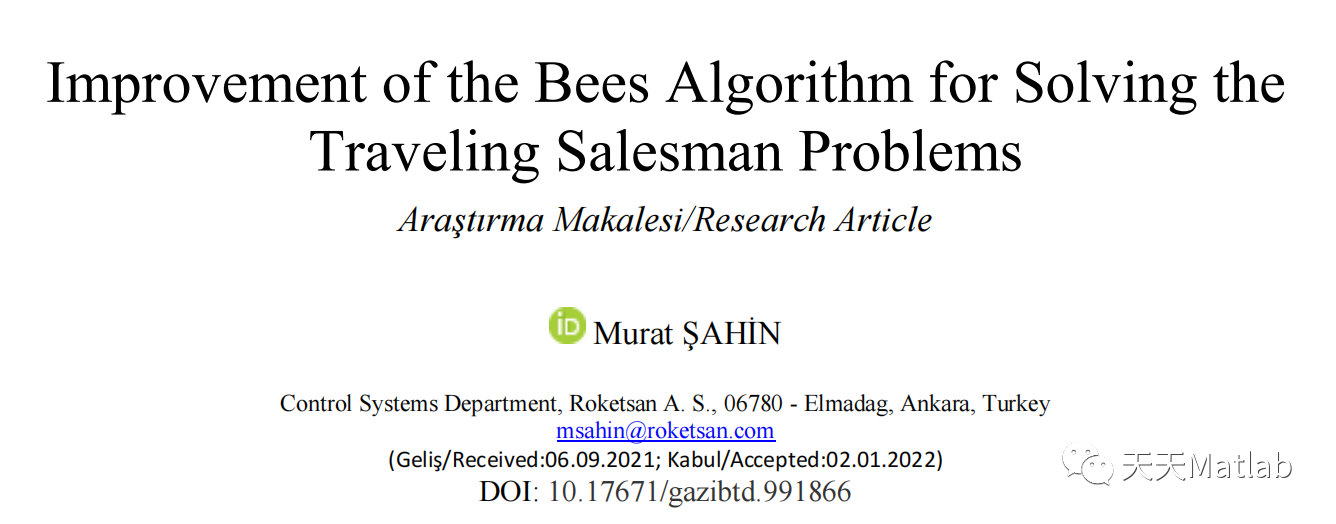


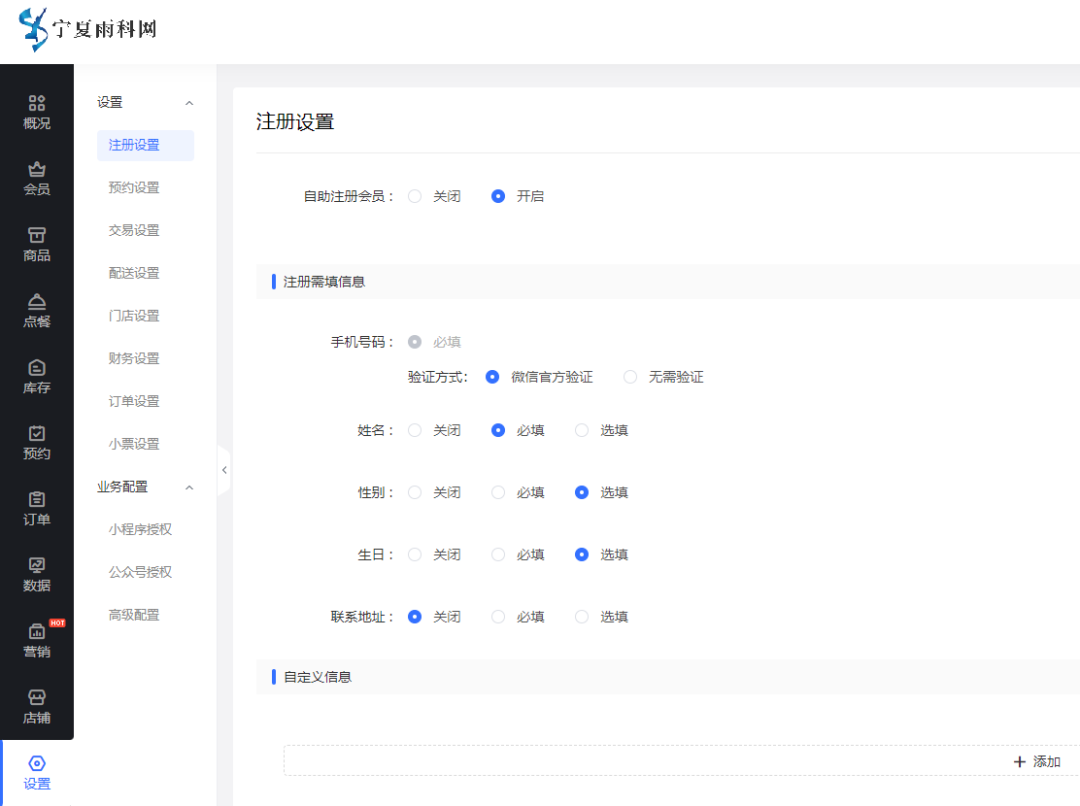

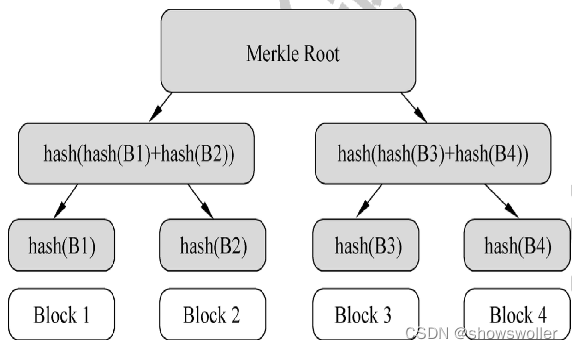

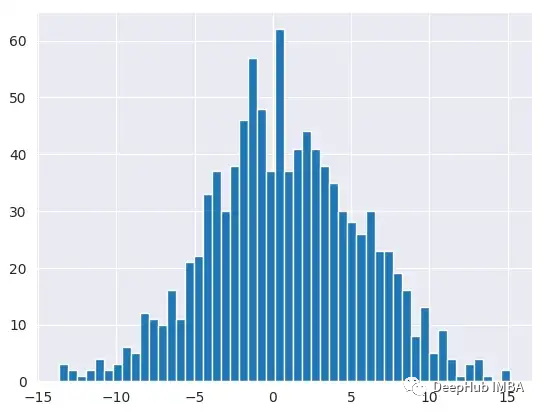


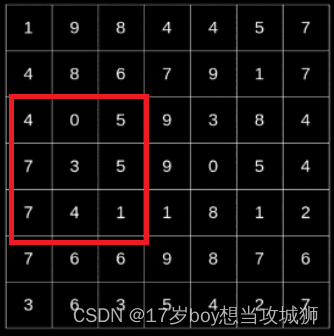

![[附源码]Python计算机毕业设计电子工厂进销存管理系统Django(程序+LW)](https://img-blog.csdnimg.cn/1de65bc8aa7347df9ca67a4fc3e768e1.png)
